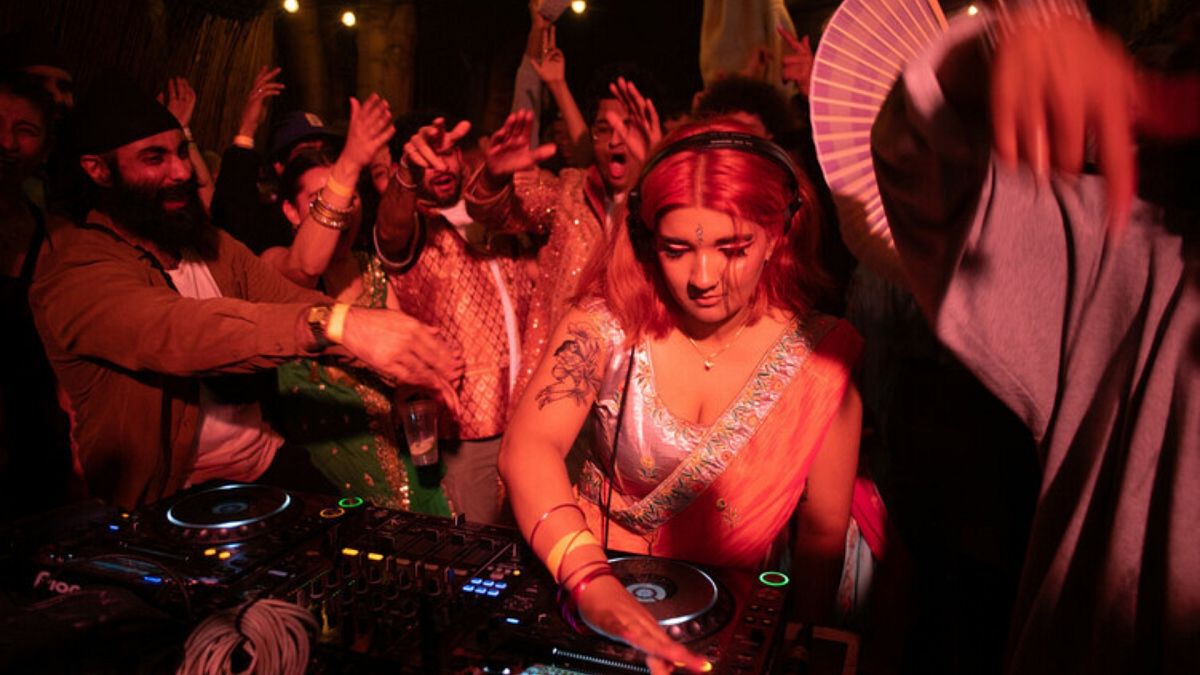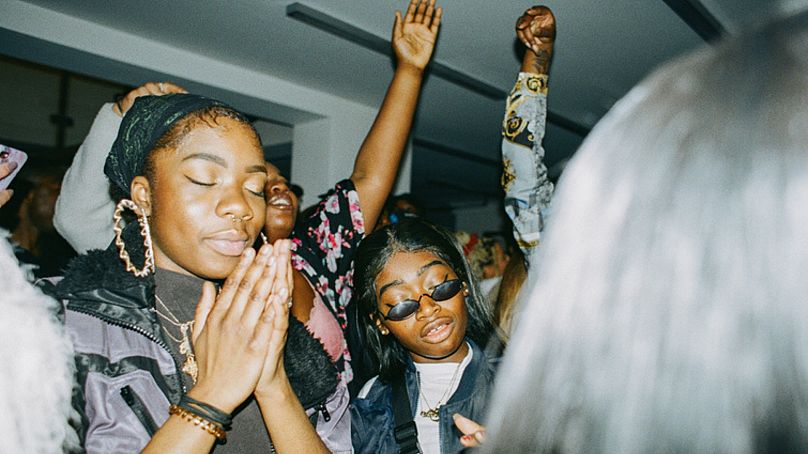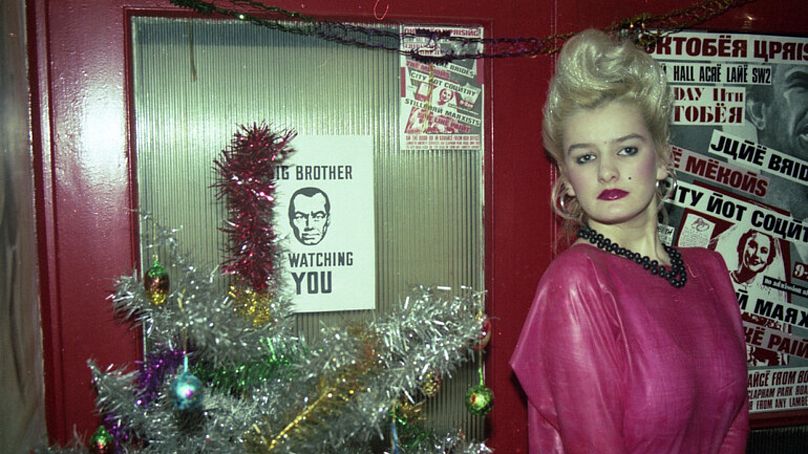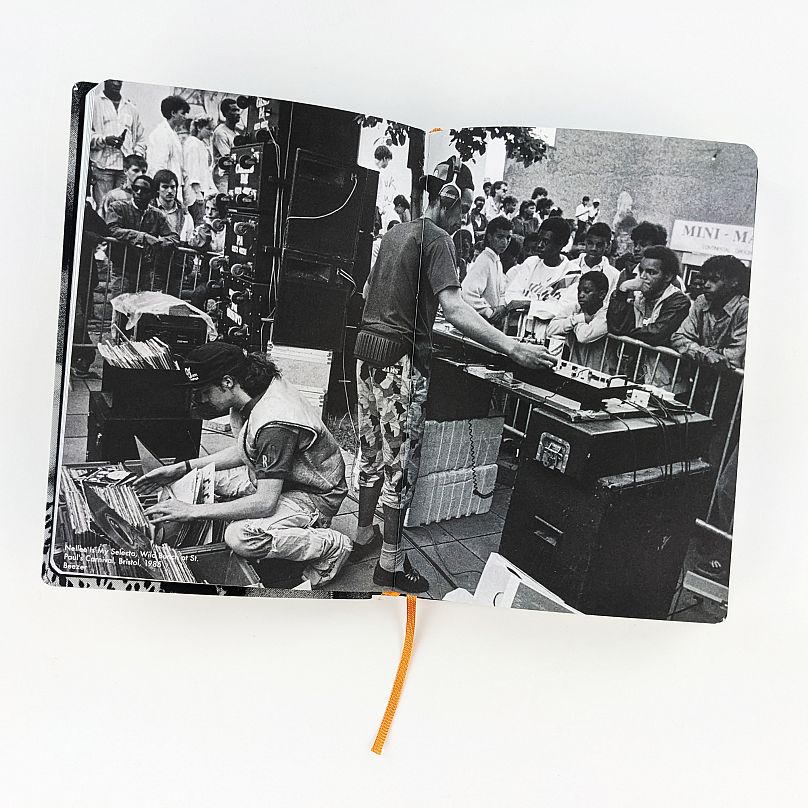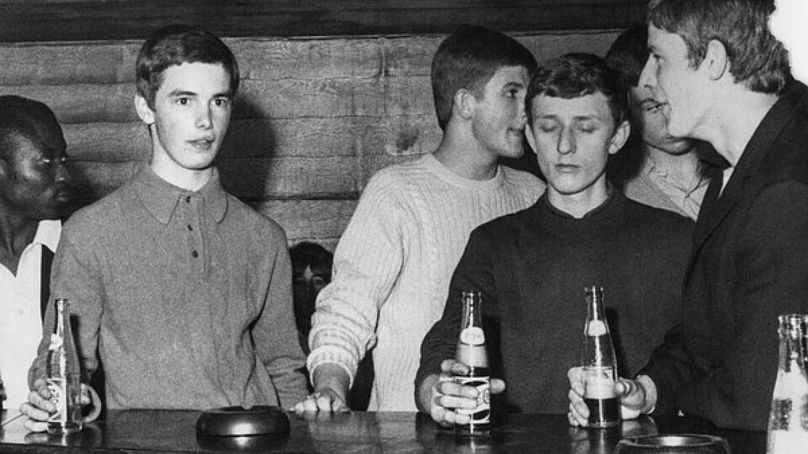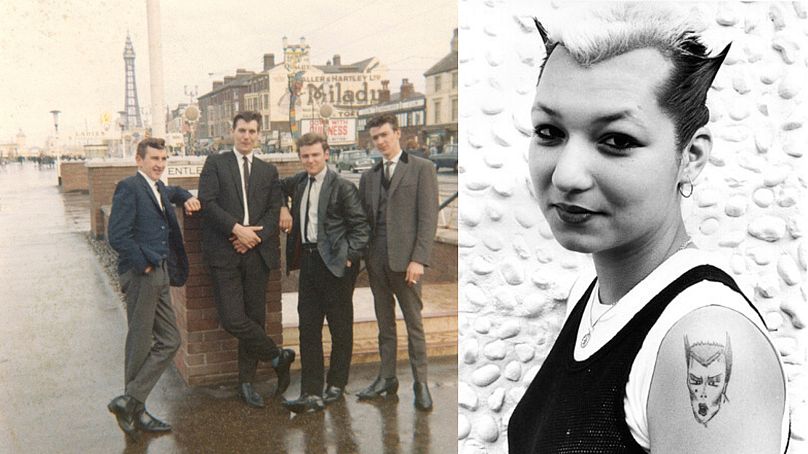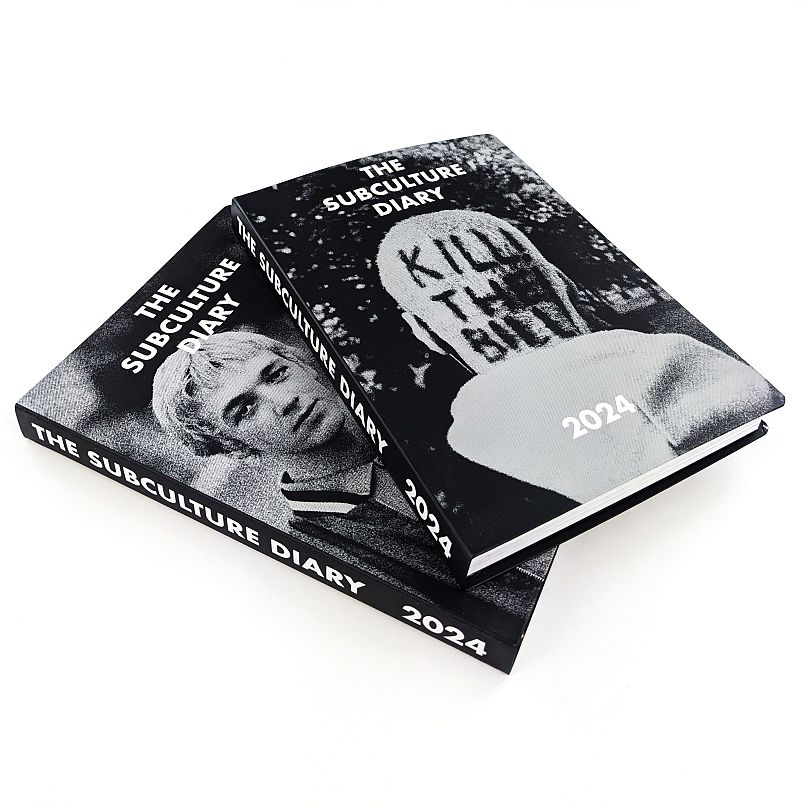"It's a really oppressive environment for cultural institutions." We spoke to London's Museum of Youth Culture on the search for a new home for their archive of subcultures
How do you capture the essence of an era? What does the culture of youth say about the politics of the day? How has the identity of the teenager changed throughout history? All of these questions are at the heart of the Museum of Youth Culture’s mission, a museum on the hunt to find a new permanent home.
The story of the museum goes back to the 90s when Jon Swinstead founded the magazines Sleaze Nation and Jockey Slut. In the midst of the Cool Britannia era, Swinstead’s magazines celebrated the subcultures of the decade, from the rave scene to Britpop fanatics.
Sleaze Nation commissioned photographers to capture the scenes of the day from an authentic perspective. The photographers were more often than not members of the subcultures they depicted. Swinstead’s ambition grew beyond just capturing the ephemera of that present moment. He started searching for photographers who’d authentically engaged in subcultures from across the 20th century, from Teddy Boys to punks.
In 1997, he founded the PYMCA (Photographic, Youth, Music and Culture Archive), a means of licensing these photos for films and magazines. It was this archive that initially drew Jamie Brett’s interest. “I had heard about this guy with this collection of amazing youth culture photography.”
Brett met Swinstead in 2013 and found a man with a garden office bursting with filing cabinets of photos that he didn’t know what to do with. Together, they joined forces to create the Museum of Youth Culture to document the way subcultures have changed and altered the course of British history. Together, they have had exhibitions at the Queen Elizabeth Hall in London’s Southbank Centre, got Lottery funding and found a temporary (more on that later) home in a space in Printworks, a club in London.
“Within society, we have a celebration of adult creativity, and then other places that look at children, but there’s very little that looks at the teenage years,” Brett says, pointing to both the V&A museum and its children’s branch the Young V&A. “Those formative years actually fuels creativity in Britain,” he argues though, and to not document teenagehood is to miss out on one of the country’s greatest driving forces.
There are the obvious influences, from photos of Vivienne Westwood and Malcolm McLaren’s clothing shop Sex that defined the punk era, but the museum has also grown to encompass memories of a broader sense of growing up in Britain. “We've been looking at things like first jobs, getting a first car, those first loves, rebelling for the first time, getting out, bunking off school and all those kinds of universal memories,” Brett says.
The museum has released a Subculture Diary for 2024 as part of its Christmas merchandise range. In it, there are a range of dates recognised from the anniversary of pirate radio station Rinse FM’s launch to the release of the Greggs’ Vegan Sausage Roll.
While the launch of one of the UK’s best sources for garage and grime music in the late 90s seems obvious, how did a heavily memed pastry make the cut? “It’s all about subversion,” Brett explains. When the vegan sausage roll was launched by Greggs, right-wing politicians and broadcasters lambasted it. The vegan sausage roll flew off shelves and put the fast-food bakery firmly into the iconography of Britain’s youth in 2019.
“The sausage roll was quite funny as it highlights an out-of-touchness between politicians and the public,” Brett says. The museum and archive has always had a countercultural message running through it, from protest images to placards.
It’s this counter-culturalism that is the true driving force of the museum. “We could go down the route, where we're saying ‘this is a Mod’, and ‘this is what a mod pair of socks looks like’, Brett says, but in recent years they’ve rejected that strategy. “Youth culture has an impact on everybody,” he says.
To understand youth culture, Brett and Swinstead have focused instead on the ways young people collect, whether that was in person in clubs throughout history, or more recently on online spaces separated geographically. From neurodiverse teens connecting over online forums to grassroots venues supporting young DJs in London, the museum is interested in charting how these groups gather and influence the wider world.
All these stories are collected as part of the museum’s Grown Up In Britain collection, which anyone is free to submit their stories, photos and other memorabilia to. The museum’s website also posts articles with interviews, archive deep dives and photo collections on topics ranging from the history of band T-shirts to northern gay clubs.
If this all sounds like something you’d be interested in visiting, then for the moment you’re out of luck. The museum was forced to leave its Printworks site in 2022 when the club was closed due to the Canada Water Regeneration project’s plans to convert the area into offices. Although the club itself has plans to reopen fully in 2026, it’s unclear if the Museum of Youth Culture will be able to be a part of that.
Losing Printworks was a sad moment for the museum. The club – prior to the council regeneration project – had provided them with a free space in one of the world’s most celebrated venues, where they got huge footfall from the club goers and felt a part of a thriving youth scene. Today, Brett is speaking from an office space that’s the sort of adult setting the museum’s subjects scorn. “We’re all a little frustrated, not having a space where we can welcome in the public.”
It’s not all bad news. The museum has hosted multiple pop-ups, including exhibitions on the busy Shaftesbury Avenue. They also have a Crowdfunder that’s raised over £12,000 (€14,000) and the current range of Christmas gifts to grow interest in the project. Alongside the Subculture Diary, they’ve made T-shirts, zines, a Grown Up In Britain photo album and much more.
All of this is in service with finding the museum a new home. Things are moving fast though. There are plans for a permanent space in Birmingham in 2027, as well as plans for a hub in Glasgow. Before then, Brett would like to get a London site sorted.
“It’s about finding something right and something we can afford,” Brett says. They’d love a London home, but the reality is the capital has become increasingly hostile to cultural venues that can’t turn neat profits. “It's a really oppressive environment for cultural institutions to try and bubble up in a world where small businesses are having to pay like 50% of their business value as rates in a small unit,” he explains.
It’s an old story, the importance of youth culture overlooked by the might of commerce. Still, Brett is optimistic. “We had Printworks and how great that was off the bat of an off-the-cuff meeting. That’s the thing with London, it’s fast paced. Something could come along tomorrow that’s a game changer.”
